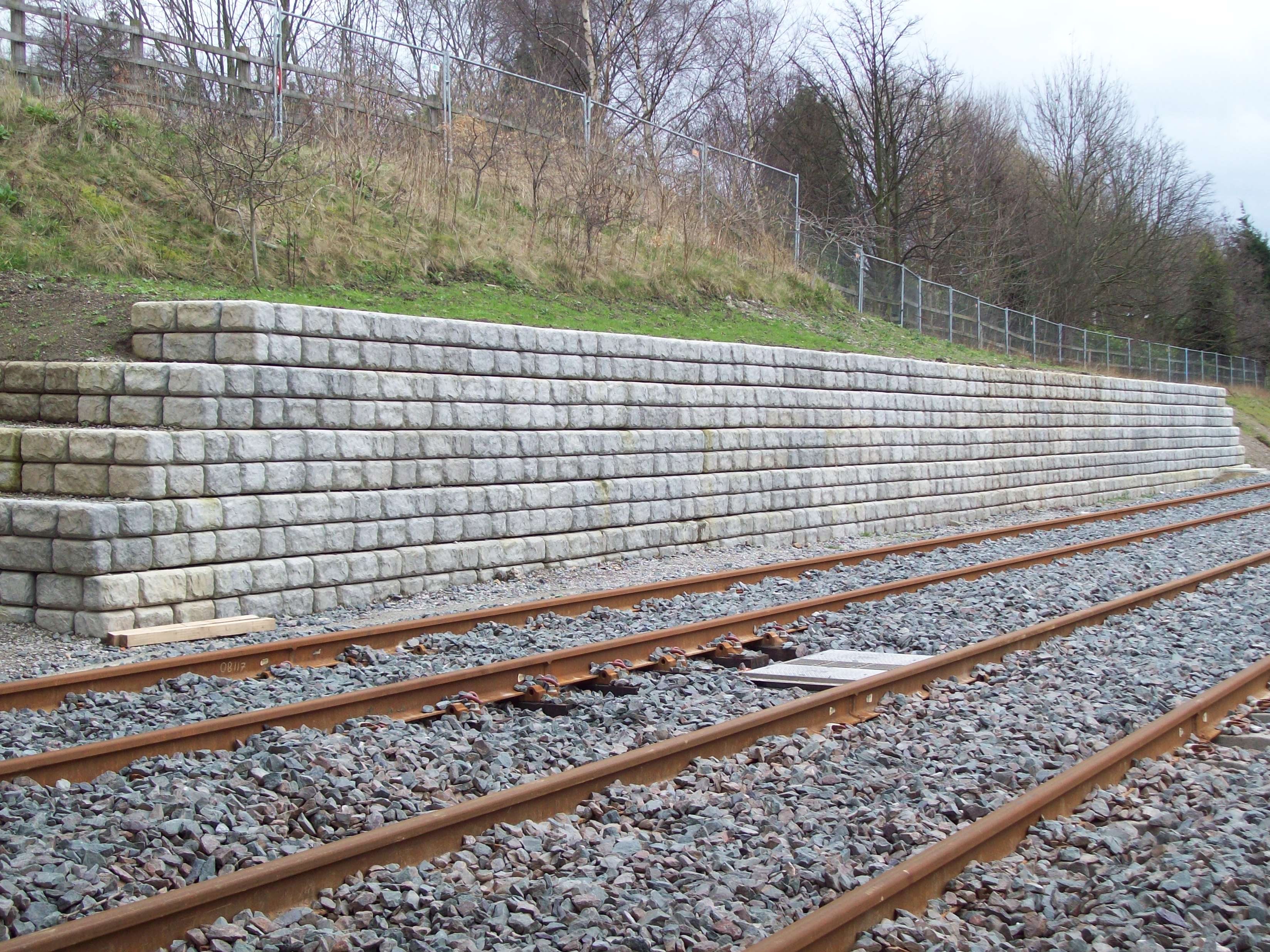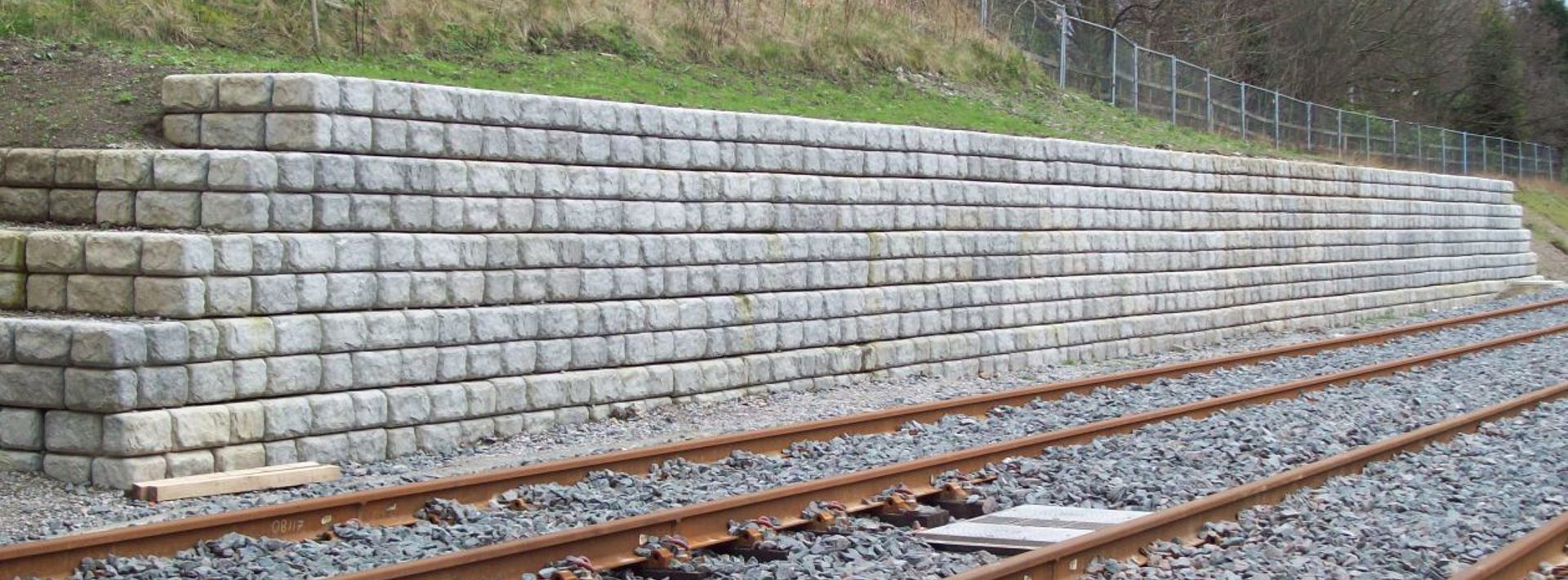Project Brief
Environmental factors often impact the rail system, with Network Rail actively monitoring climate conditions and the damage they cause. In 2019, the UK experienced the twelfth warmest summer on record, followed by continuous wet conditions. Storm Ciara and Storm Dennis flooded many parts of the country, causing instability along the tracks.
A landslip slows the rail network, causing major disruption, especially on the mainline connecting London to the Midlands. The RBS1, known as the Birmingham loop, is often affected and one of the cuttings near Brandon in Coventry often becomes extremely unstable due to climate extremes.
Network Rail had a call-out contract with J Murphy and Sons, enabling quick access to emergency works. On 7th February 2019, Murphy received a call about the landslip and attended a site meeting to examine the affected 200 meters of cutting.
Project Solution
Murphy planned to remove the failed slip material and stabilise the cutting by installing Redi-Rock concrete blocks from Marshalls Civils & Drainage. At the time, Network Rail arranged emergency possession and isolation, illuminated the affected section, and positioned team members on site until the project was completed.
Network Rail imposed a temporary speed restriction on both lines. Senior Asset Engineer Luke Swain and Works Manager Cathal McCann liaised with the Network Rail properties team to organise a land agreement for site access. J Murphy installed 150 meters of wooden post and rail fencing to segregate the farmer’s horses from the work area.
Murphy began work, establishing the extent of the site work required and producing a solution for long-term stability. Additional heavy plant and road-rail equipment were brought in. And, despite the challenges of COVID-19, Murphy continued the project, complying with social distancing measures.
At the time of the build, three more slips were identified, and all parties agreed to extend track possessions to install the Redi-Rock concrete blocks throughout the entire length of the cutting. The project was completed in August 2020, despite the challenges.
Luke Swain noted, “Additional possessions that were needed were quickly supported by the passenger and freight train operators and joint plans, involving a huge amount of additional work, emerged from all parties were agreed, enabling the route to remain open during this period.”













